Sponsored Commentary from Securis
Insurance Linked Securities (ILS) are an alternative asset class where investors’ returns are primarily linked to the occurrence of natural catastrophes. Since the majority of exposures emanate from climate-related risks, the potential impact of climate change is a key consideration for ILS managers and investors. In parallel, ILS is receiving increased recognition for its inherent ESG-positive characteristics with the critical role insurance plays in helping society develop long-term resilience.
Insurance Linked Securities (ILS) are an alternative asset class where investors’ returns are primarily linked to the occurrence of natural catastrophes. Since the majority of exposures emanate from climate-related risks, the potential impact of climate change is a key consideration for ILS managers and investors. In parallel, ILS is receiving increased recognition for its inherent ESG-positive characteristics with the critical role insurance plays in helping society develop long-term resilience.
A brief history of ILS
The first catastrophe bonds were issued in mid 1990s following Hurricane Andrew in 1992 and the Northridge Earthquake in 1994. Capital levels in the reinsurance industry were severely strained due to the accumulation of insurance claims. At the same time, catastrophe bonds offered capital market investors a diversifying return premium since the occurrence of catastrophes are not driven by traditional financial markets factors.
Securis launched in 2005 in the aftermath of two active hurricane seasons when again the reinsurance market was distressed. The benefits of an alternative, deeper pool of capital for the reinsurance industry became clear. ILS expanded further into private instrument types which more closely replicated traditional reinsurance structures. Through the 2007-2008 financial crisis, ILS performance was strong (Eurekahedge ILS index: +13.2% and +3.8%), validating the uncorrelated characteristics of the asset class.
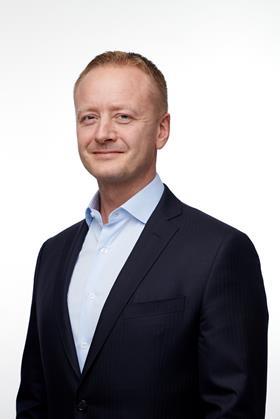
Following a sustained period of growth, the ILS market forms a core part of the reinsurance industry today forming around 15% of global reinsurer capital. ILS is a key part of risk transfer programmes for insurers and reinsurers across a range of different instrument types and risk levels. This forms the basis of the suite of funds offered by Securis with target returns ranging from Risk Free +4-5% up to 15%, and with differing risk and liquidity levels. We offer several bespoke investor mandates alongside the core commingled products, always seeking solutions to match investor appetite.
The asset class has become a strategic, diversifying (c.1-4%) allocation for many sophisticated institutional investors and is high on the research agenda for many others. Just under 80% of Securis investors are pension funds, representing a globally diverse institutional investor base which is concentrated across the UK, Switzerland, Japan and the US.
The last five years have been a challenging period for ILS. Through 2017 and 2018, the reinsurance market experienced a series of events including hurricanes, typhoons and wildfires. These affected the well-insured regions in the US and Japan which carry higher exposure concentrations for ILS. After a quieter but still active 2019 and 2020, 2021 has been another noteworthy year with Texas winter storms in February, European storms and floods in July, followed in late August by Hurricane Ida’s impact on Louisiana and subsequent flooding in North-Eastern US. While the above factors have increased risk-adjusted rates (the level of premium per unit of risk) to the highest levels in nine years, focus continues to be on overall premium adequacy and ensuring that risk is appropriately priced in today’s environment.
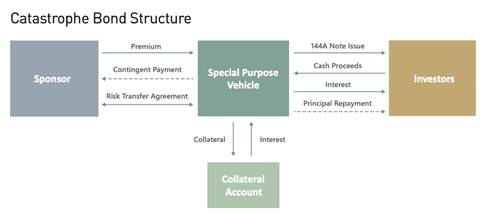
The climate change challenge
Catastrophe insurance pricing is based on sophisticated stochastic models which simulate the probability of insurance claims using a very large number of scenarios. A hurricane model for example, is formed of events characterised by track, wind speed, size and duration. These models are developed using historical experience and the latest understanding of climate science. However, their ability to explicitly capture the effects of climate change is less well-developed, particularly so for emerging risks such as wildfires.
Past attempts to incorporate climate change effects within catastrophe modelling (following the 2004-2005 hurricane seasons) were not well received or adopted, in part as the ability to modify tools and techniques were limited by technology. Ultimately a lull in insured losses from climatological events over the following decade reduced the drive and consensus required to change the market’s approach.
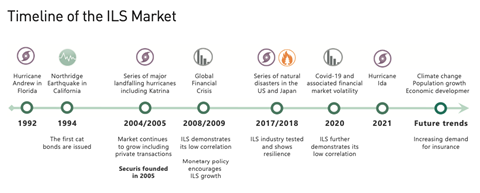
The situation today is very different: significant advances in climate modelling have been driven by a combination of factors. Firstly, recent catastrophe experience, in particular storms with rapid intensification and with precipitation-induced flooding, alongside a series of damaging California wildfire seasons. Secondly, the regulatory environment is evolving with investors and insurers assessed on their sensitivity to climate change scenarios. Advancing scientific consensus has culminated in the recent Intergovernmental Report on Climate Change which has made the strongest connections to date with increased risk of extreme weather events. Finally, a greater push from both existing and start-up modelling firms to develop tools utilising much stronger computing power available today.
But relying too heavily on industry-standard models or waiting for vendor model updates can leave investors susceptible to under-pricing and “model miss.” Our in-house catastrophe research function is instrumental in the investment selection process, enabling Securis to proactively incorporate the latest climate research and adjust models. Alongside risk measurement, mitigation is achieved by structuring investment triggers, choosing appropriate risk levels, and contractually limiting the scope of coverage.
The ESG proposition
Through investing in ILS instruments, investors’ assets ultimately are supporting the reconstruction of properties and businesses following catastrophic events. The availability of insurance and the ability to rebuild quickly, significantly improves the disaster resilience of economies.
Insurance fundamentally operates using risk-based pricing which ensures sustainability and long-term profitably for investors. The setting of premiums incentivises risk mitigation, for example avoiding areas which are becoming increasingly flood or wildfire prone, advancing building codes, or retrofitting properties. With ESG gaining prominence in the insurance industry, Securis seeks to collaborate with the market to encourage better risk governance throughout the chain.
As the world adapts to changing environmental conditions and demand for insurance coverage continues to grow, the future of ILS looks to be increasingly relevant in building climate resilience. With the tools and discipline to price climate risk, ILS can provide an attractive and truly diversifying investment opportunity for investors.
Disclaimer: Prepared by Securis Investment Partners LLP (“Securis”). Securis is authorised and regulated by the Financial Conduct Authority. This material is intended for general informational purposes only. This does not constitute an invitation, offer or solicitation to subscribe to purchase or sell any services, products or security including any interest in funds managed by Securis. The information provided is not intended to provide a sufficient basis on which to make an investment decision. Intended for professional investors only.














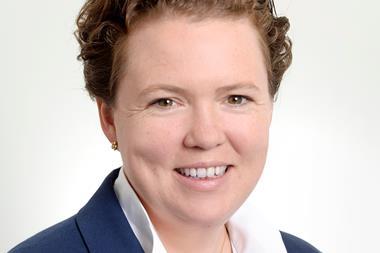
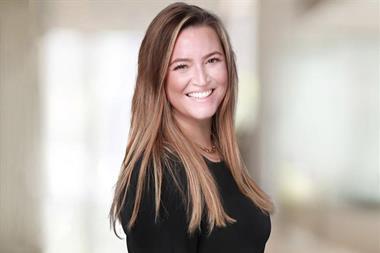

















No comments yet